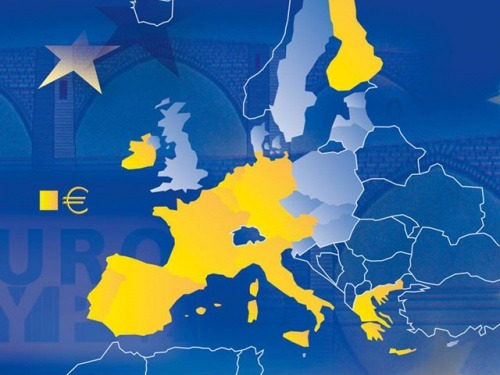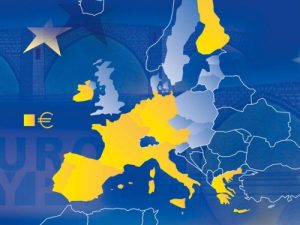Euro Receives Support as a Solution on Ireland is in the Making

 On Friday, there was little in the way of hard news to guide the price action on the currency markets in general and on the EUR/USD cross rate in particular.
On Friday, there was little in the way of hard news to guide the price action on the currency markets in general and on the EUR/USD cross rate in particular.
Early in the session, the euro continued to be supported by the ever growing number of indications that Ireland didn’t have many other options but to accept EU/IMF support. So, EUR/USD reached an intraday high in the 1.3730 area around noon.
However, contrary to what was the case earlier last week, the hope of an EU/IMF rescue package failed to inspire to equity markets. This was due to China raising reserve requirements for banks. In theory, China tightening monetary policy should be considered as dollar negative.
However, the impact of this kind of measures on EUR/USD is quite an ambiguous issue, especially if tightening of Chinese monetary policy is having a negative impact on equities. So, while Ireland still had some positive impact on EUR/USD trading early in the session, its impact fizzled out later during the day.
From there, the deterioration in sentiment on the equity markets was reason to scale back euro longs, especially as there was nothing concrete on Ireland yet. So, EUR/USD slipped south again and lost almost a full big figure compared to the intraday highs. However the losses on the equity markets were limited after all and this prevented further losses in EUR/USD, too. EUR/USD closed the session at 1.3673, compared to 1.3643 on Thursday evening.
Overnight, Ireland finally requested EU/IMF aid to tackle its budget and banking crisis. Details of the package are still subject to negotiations. However, sources involved in the matter indicate that the package would be about 80-90 billion euros.
The issue of Ireland asking/accepting an EU/IMF rescue package will also be the key factor for currency trading at the start of this new trading week. Aside from the Ireland story, there are no key eco data on the agenda today. The EMU consumer confidence is interesting, but not really a mover for currency trading and the same is true for the Chicago Fed National activity index.
The announcement of Ireland accepting EU/IMF aid is supporting EUR/USD this morning in Asia. The pair tested offers north of the 1.3760 area. Asian equities made some moderate gains, too. Of course, one will only get a clear indication on the market reaction when European and the US markets have been able to give their assessment.
To be honest, we would be a bit surprised to see the current development on Ireland having a spectacular and long lasting impact on riskier assets and on EUR/USD. Of course, at first, there might be some relief that the issue will be evacuated in the near future. However, the details of the package could still cause some upheaval. In addition, how long will it take for markets to raise questions as the whether or not Portugal will need assistance, too? So, even if the current development might cause some short-term repositioning in favor of the euro, we don’t expect this move to be spectacular or long-lasting.
Over the previous weeks, we turned cautious on the steep uptrend in EUR/USD. The first reaction to the Fed decision still revived some kind of reflation/risk trade and pushed the trade-weighted dollar to a new correction low (75.63). EUR/USD reached a top in the 1.4280 area. However, from there other factors gradually came to the forefront, especially ongoing tensions on the peripheral EU bond markets. In addition, the USD negative impact of the QE-2 story on the dollar was finally losing power. EUR/USD was ripe for a more pronounced correction with the flaring up the tensions in peripheral Europe a good reason to scale back EUR/USD long positions.
Since mid last week, the pressure on the euro eased as it became apparent that some kind of some kind of solution for Ireland would be in the making. In a day-to-day perspective, the euro might still get some support for the Ireland and the EU/IMF working out a specific rescue package. However, we would be surprised that the current developments would be enough to remove all doubts on the euro. In a medium term perspective, we also keep an eye on the US side of the story. Over there, there remains a lot of uncertainty, too.
This week, the US calendar is relatively thin. However, in a longer term perspective, we still keep in mind the hypothesis that the combination of the Fed starting QE-2 combined with reasonably good eco data could support the dollar at some point.
Content provided by: KBC Bank



























Comments (0 comment(s))